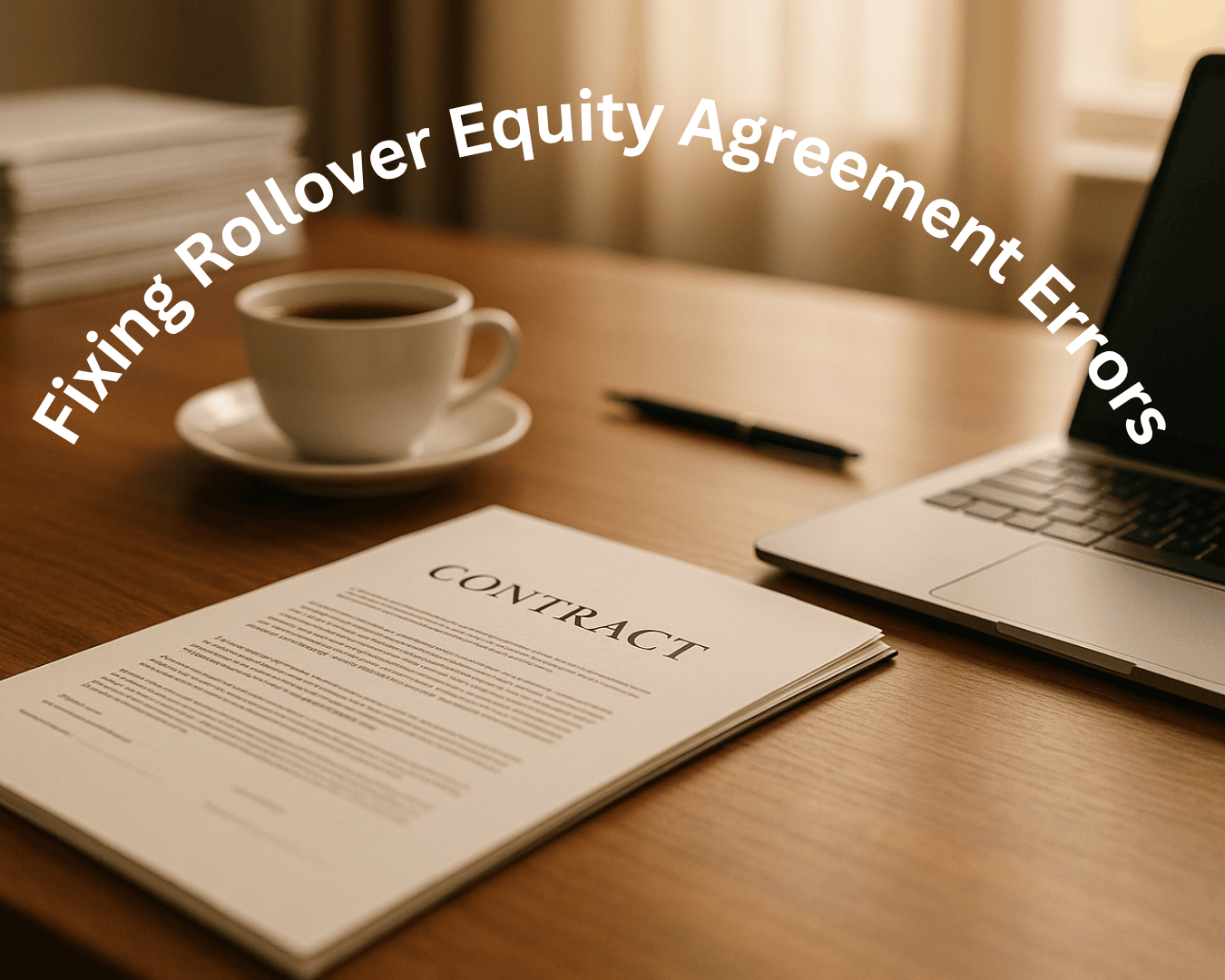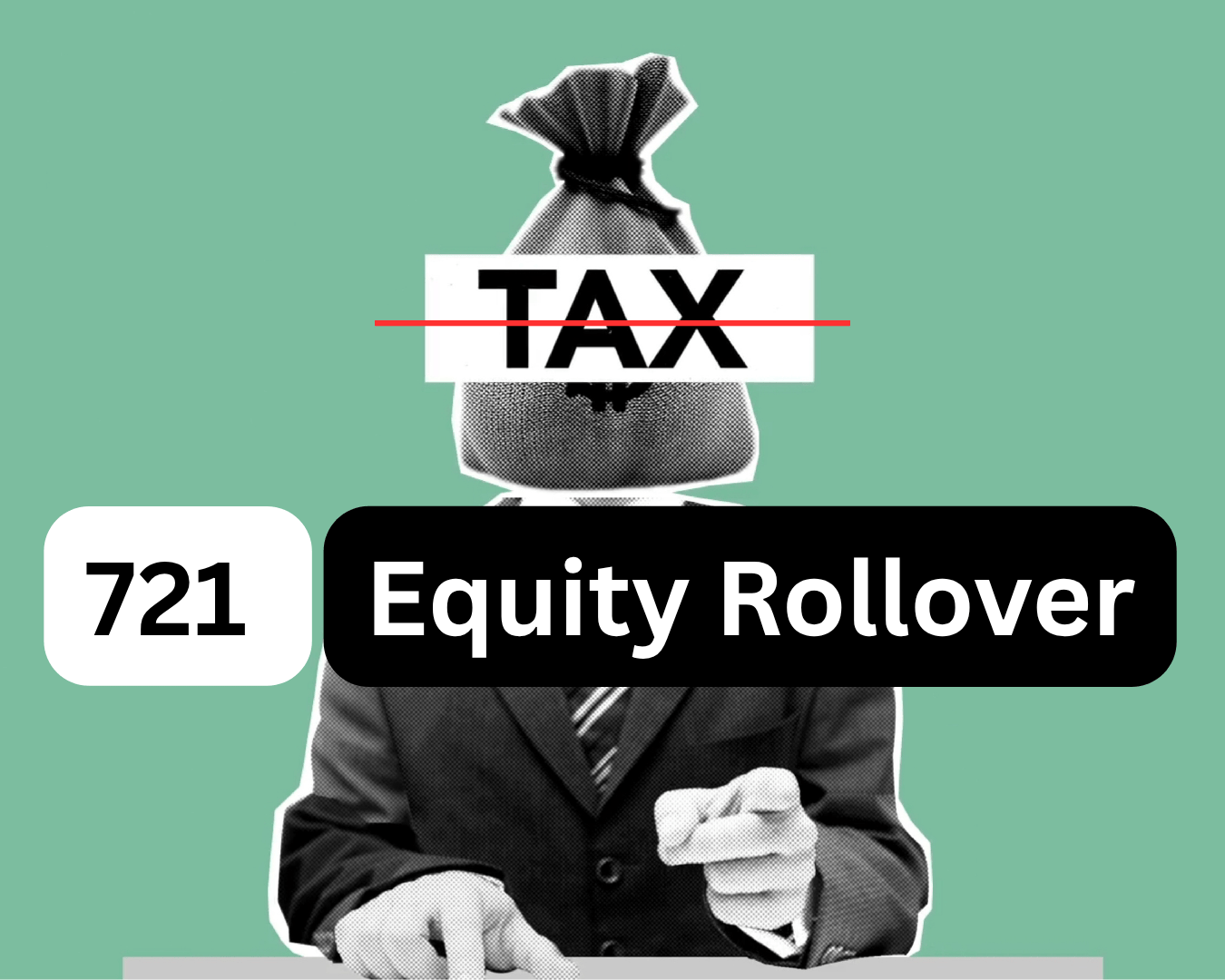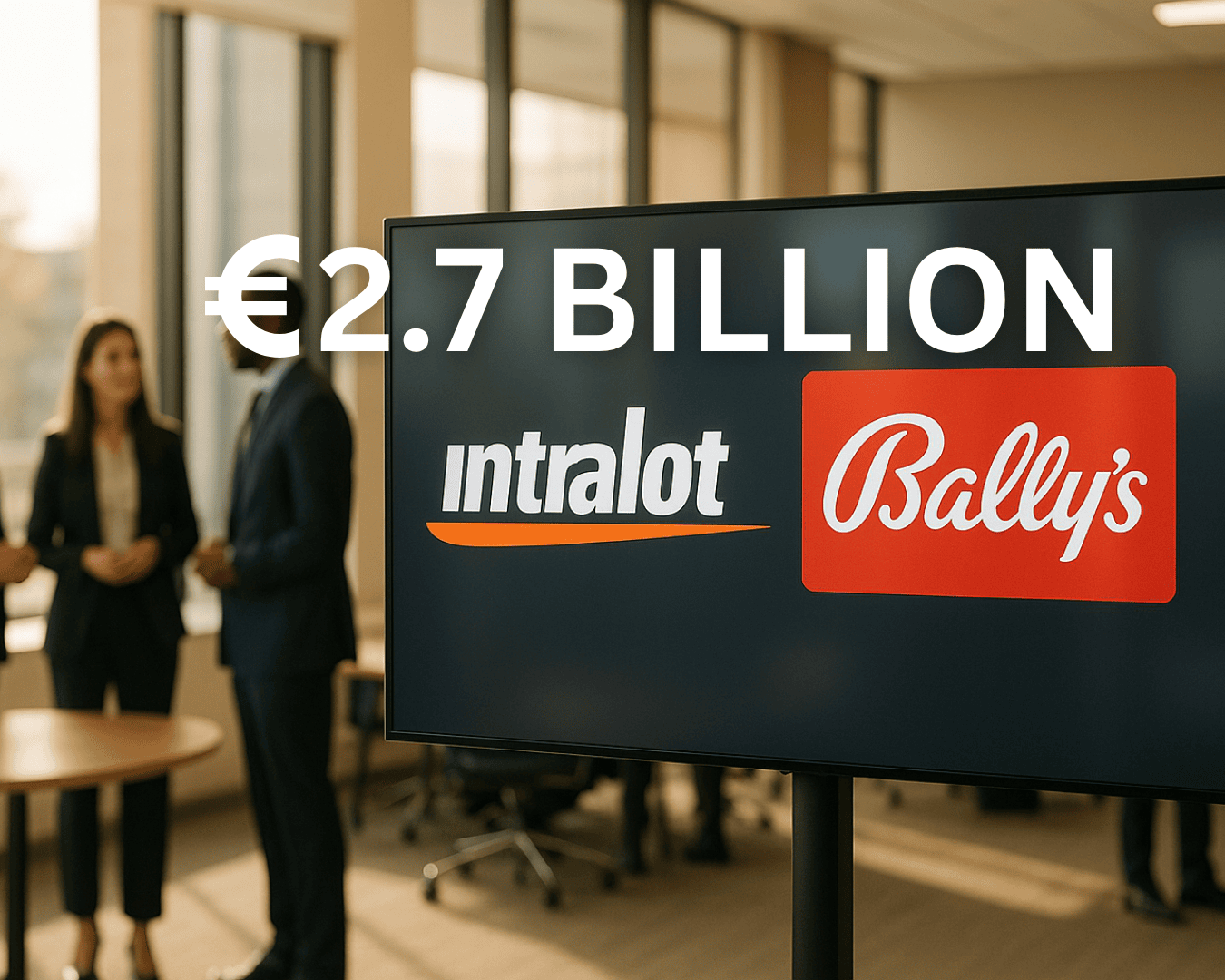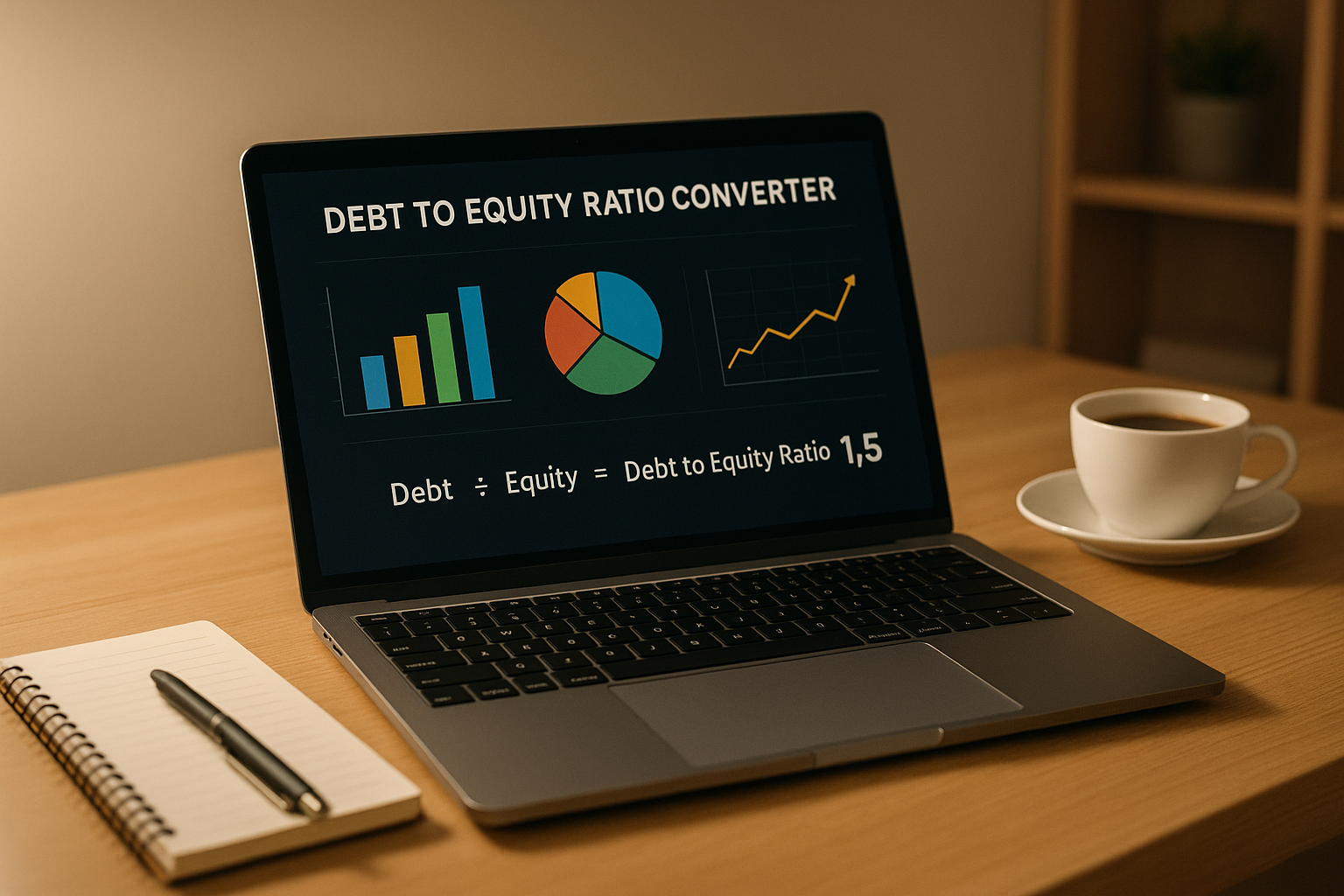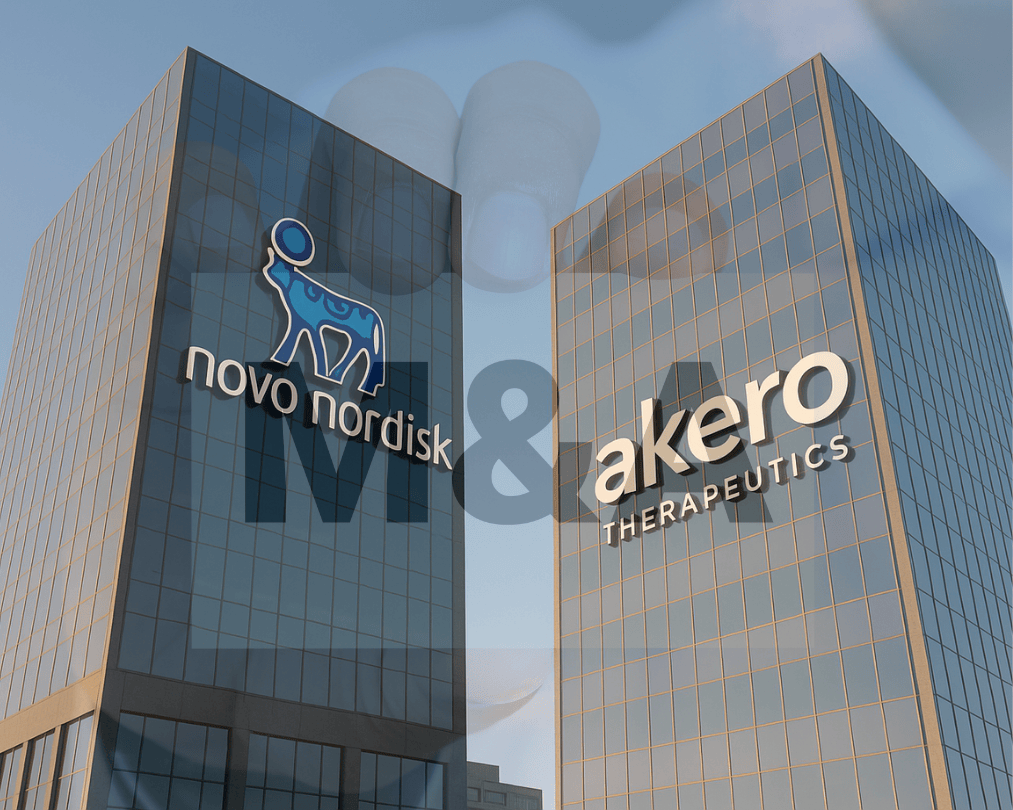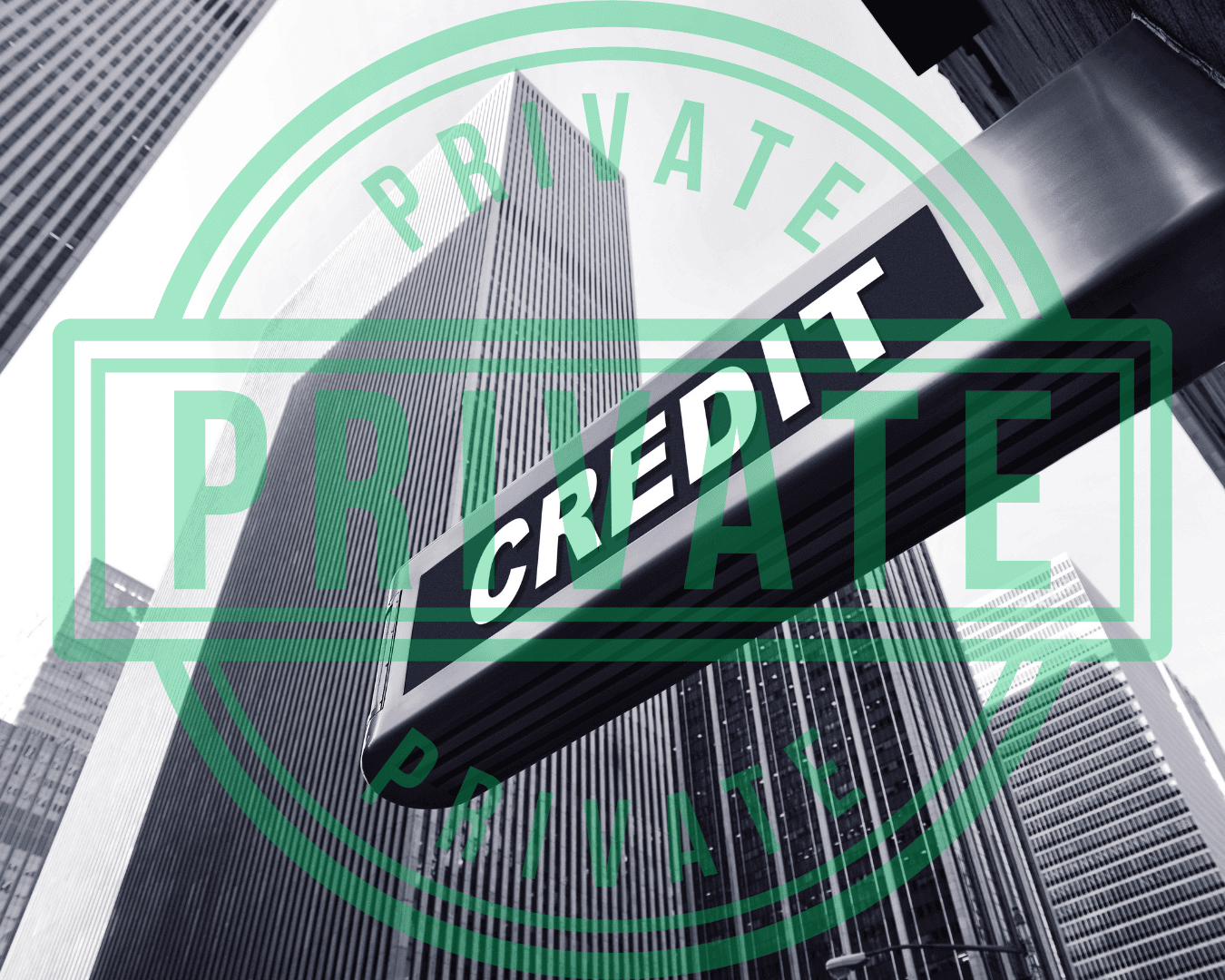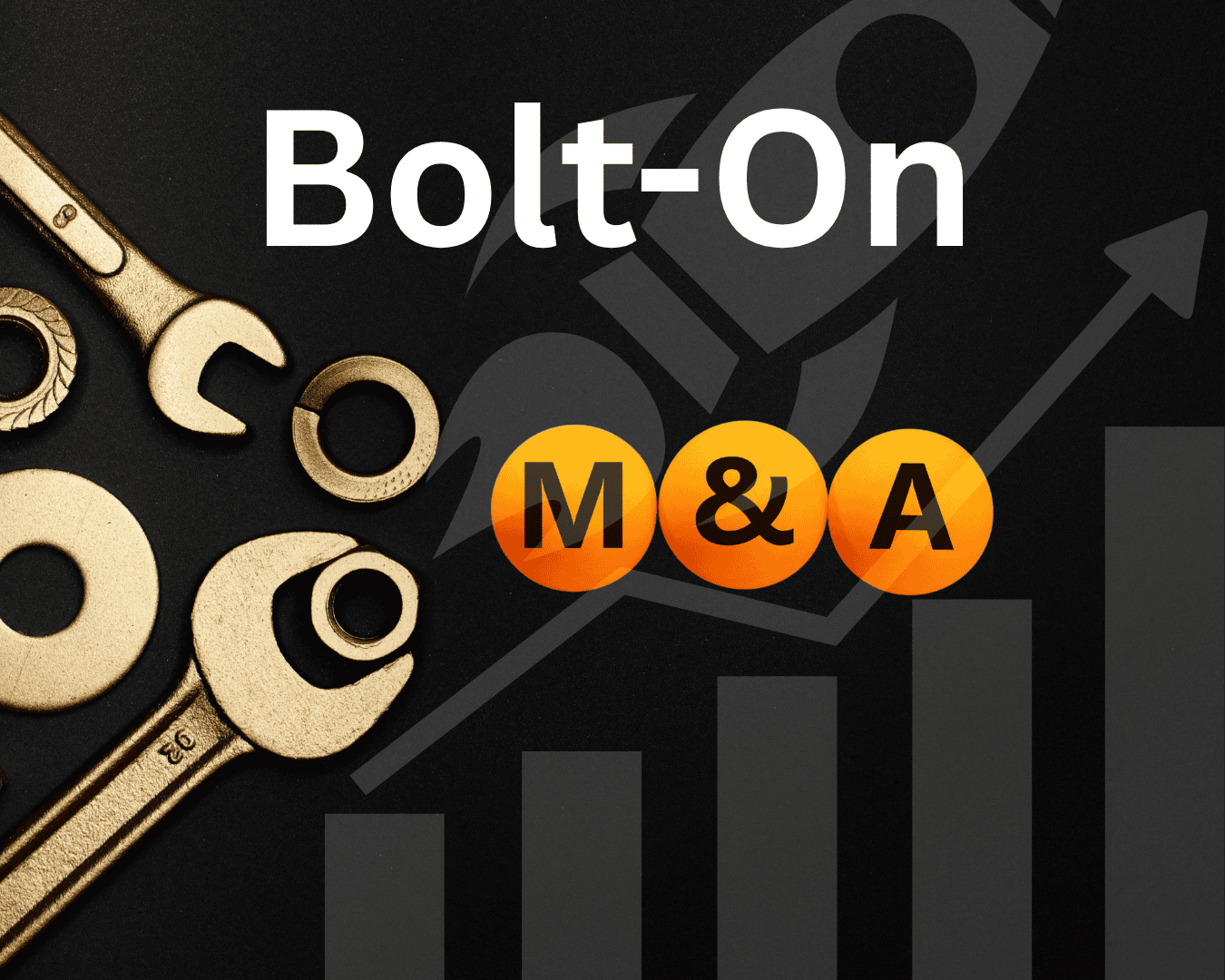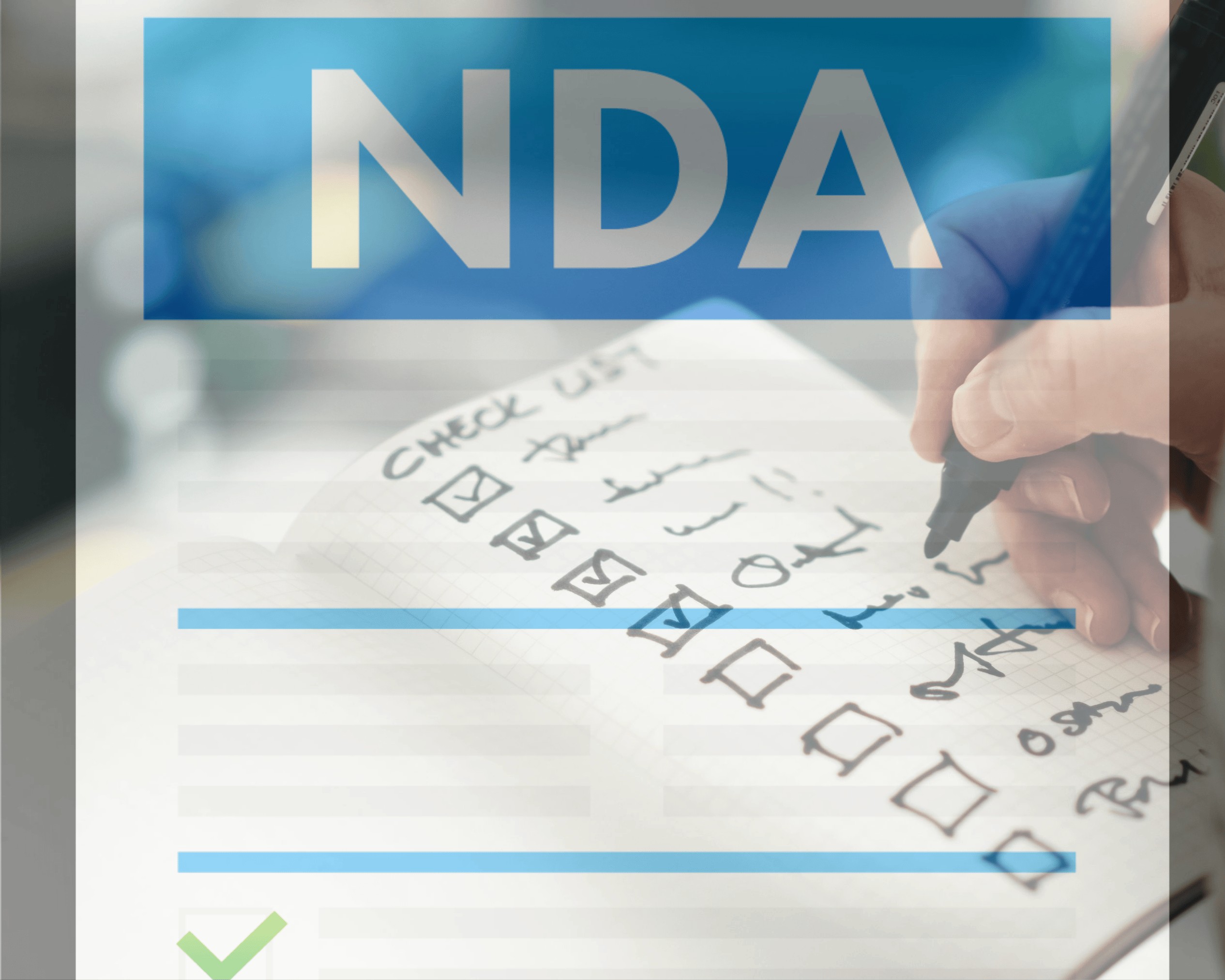Disputes after acquisitions are common and can disrupt operations, drain finances, and damage relationships. They often arise from unclear contract terms, financial disagreements, or breaches of promises. Resolving them quickly is key to minimizing negative impacts. Here's a quick breakdown:
- Common Dispute Types: Price adjustments, breaches of representations, and contract interpretation issues.
- Resolution Steps: Start with direct negotiation, involve advisors if needed, and escalate to mediation, arbitration, or litigation if necessary.
- Prevention Tips: Draft clear contracts, maintain thorough documentation, and seek early expert advice.
- Best Methods: Negotiation is cost-effective but not binding, while arbitration offers enforceable decisions with privacy. Litigation is the most formal but expensive and public.
The right approach depends on the dispute's complexity and goals, but preparation and clarity during the deal can prevent most issues.
Dispute Resolution Options in M&A
Common Types of Post-Acquisition Disputes
Post-acquisition disputes generally fall into three main categories: Purchase Price Adjustments, Breach of Representations and Warranties, and Contract Interpretation Issues. Let’s take a closer look at each.
Purchase Price Adjustments
Disputes over purchase price adjustments are among the most frequent and complicated issues in post-acquisition scenarios. These disagreements often arise when there’s a mismatch between the seller’s estimated closing working capital and the buyer’s post-closing calculations, which are compared against agreed-upon contractual targets. Things get even trickier when buyers and sellers rely on different accounting methods or when references to Generally Accepted Accounting Principles (GAAP) are unclear. Such ambiguities can transform what might seem like straightforward negotiations into heated disputes. Variations in working capital and inaccurate financial forecasts only add to the challenges.
A notable example of this occurred in the acquisition of the Save Mart supermarket chain by Kingswood Capital. A dispute emerged over the interpretation of "Closing Date Indebtedness", which included debt from Super Store Industries (SSI), an unconsolidated subsidiary. The arbitrator ultimately ruled that the sellers owed Kingswood Capital approximately $70 million. This ruling was upheld by the Delaware Court of Chancery in 2024, underscoring how the precise wording of contracts can lead to significant financial consequences.
"Delaware law is more contractarian than most, and Delaware courts will enforce the letter of the parties' contract without regard for whether they have struck a good deal or bad deal. Absent a contractual ambiguity, extrinsic evidence is inadmissible to construe the contract. The purchase agreement is not ambiguous. And the buyer has proffered the only reasonable construction of the contract's operative provisions. Delaware law accordingly mandates that I adopt the buyer's interpretation and ignore the extrinsic evidence." – American Bar Association, May 2024
These types of disputes often require legal escalation to resolve, adding to their complexity.
Breach of Representations and Warranties
When a seller’s promises turn out to be false after closing, it can undermine the buyer’s confidence in the deal and lead to disputes. Common triggers include inaccuracies in financial statements, undisclosed liabilities, failure to comply with laws, and withholding material information. The damages in these cases are typically calculated based on either the cost to fix the issue or the reduction in the business’s value.
For instance, in Universal Enter. Grp. L.P. v. Duncan Petroleum, the seller breached representations about compliance with environmental laws, absence of liabilities, and material disclosures. Although the buyer sought extensive damages, the court limited recovery to the costs incurred to remediate the properties. Another case, Ivize of Milwaukee, LLC v. Compex Litig. Support, LLC, involved a breach of representation when key employees of the acquired company planned to leave for a competitor post-closing. Despite proving the breach, the court awarded only nominal damages due to insufficient evidence of actual harm.
"In Delaware, damages recoverable under indemnification provisions such as the one involved here include all injurious consequences that were within the contemplation of the parties at the time the contract was made." – Cobalt Operating, LLC v. James Crystal Enterprises, LLC
Contract Interpretation Issues
Ambiguous language in Sale and Purchase Agreements (SPAs) is a common cause of post-acquisition disputes. This is particularly true for financial terms and earn-out provisions, where unclear definitions of performance metrics often lead to disagreements about whether targets have been achieved. Earn-out provisions, in particular, are a frequent flashpoint when the terms leave room for interpretation.
Jonathan Sablone, a Partner at Nixon Peabody LLP, advises:
"The easiest way to avoid disputes is to be as clear as possible in the language of the asset purchase agreement." – Jonathan Sablone, Partner at Nixon Peabody LLP
The risk of disputes increases when parties rely on vague or imprecise language during negotiations, assuming that no issues will arise after the deal closes.
How to Resolve Disputes: Step-by-Step Process
Resolving disputes effectively requires a structured approach that prioritizes maintaining business relationships. Start with direct negotiation, move to advisor involvement if necessary, and escalate to mediation or arbitration and litigation only when other avenues fail.
Direct Negotiation Between Parties
The simplest and often most effective way to address post-acquisition disputes is through direct negotiation. This approach works best when both parties are committed to open, good-faith discussions aimed at finding solutions rather than assigning blame.
Start by reviewing key documents to clarify the issues at hand and ensure they align with agreed accounting principles. This process may involve resolving misunderstandings, clarifying ambiguous contract terms, or redefining operational guidelines. By focusing on clear communication and business-centered dialogue, direct negotiation can often lead to a swift resolution. If progress stalls, it may be time to bring in neutral advisors to guide the process.
Bringing in Advisors and Independent Experts
When direct negotiations hit a wall or technical complexities arise, involving advisors can provide clarity. Financial experts can tackle intricate matters like purchase price adjustments or working capital calculations, while legal and industry specialists can interpret contract terms and operational challenges. Their impartial analysis often helps both sides better understand the strengths and weaknesses of their positions, paving the way for more productive discussions.
Mediation Process
If advisors fail to resolve the impasse, mediation offers another option. This process involves a neutral third party who helps both sides identify common ground and propose flexible, non-binding solutions. The key advantage of mediation is that it allows both parties to maintain control over the outcome - they can walk away if the resolution doesn’t meet their needs. Mediation often preserves business relationships and can lead to creative solutions, such as adjusting earn-out terms or extending indemnification periods. Plus, it’s typically faster and less costly than arbitration or litigation, provided both parties approach the process with genuine intent.
Arbitration and Litigation Options
When collaboration fails, arbitration or litigation may be necessary to reach a binding resolution. Arbitration is usually quicker and more private than court proceedings. In this process, one or more arbitrators review the evidence and arguments, issuing a binding decision based on the contract and applicable laws. However, arbitration rulings are final, with very limited opportunities for appeal.
Litigation, on the other hand, offers more extensive legal protections and the possibility of appeals but often comes with higher costs, longer timelines, and the risk of exposing sensitive information. The choice between arbitration and litigation often hinges on the dispute resolution clauses outlined in the original acquisition agreement. Clear and precise language in these clauses is essential for minimizing disputes.
How to Prevent and Manage Disputes
It’s always better to prevent disputes than to deal with them after they arise. Smart buyers and sellers focus on laying a solid groundwork during the planning stages of a transaction, rather than scrambling to fix problems later.
Writing Clear Dispute Resolution Clauses
A well-drafted sale and purchase agreement (SPA) is your first line of defense against disputes. It should include tiered dispute resolution mechanisms, which outline a step-by-step process for addressing disagreements in an organized way.
Start with direct negotiation as the initial step, setting clear timelines for resolution. If that doesn’t work, the next step should involve mediation, with defined rules and deadlines for selecting a neutral mediator. As a last resort, include arbitration or litigation, specifying the governing law, jurisdiction, and procedural rules.
Precision is critical here. Vague language can create more problems than solutions. The SPA should detail exact timeframes, triggers for escalating disputes, and the appropriate forums for each stage. For international deals, arbitration clauses are especially useful, as awards are enforceable globally under the New York Convention.
Don’t forget to address cost allocation upfront. Clearly define whether each party will cover their own mediation costs or how arbitration fees will be divided. This avoids additional arguments over who pays for the resolution process.
A structured approach like this, combined with thorough documentation, creates a reliable safety net for managing potential disputes.
Keeping Complete Documentation
Comprehensive documentation is your best shield against future disputes. Every email, meeting note, financial record, and decision should be carefully organized and preserved throughout the acquisition process and beyond.
Develop a consistent record-keeping system that tracks decisions, their rationale, and the individuals responsible. This includes transaction documents, correspondence, meeting minutes, financial calculations, and any amendments to agreements. If disputes arise, these records serve as critical evidence to support or challenge claims.
It’s also important to document any adjustments made after the deal closes. Courts and arbitrators rely heavily on contemporaneous records to determine intent and evaluate claims.
Using digital tools can make this process much easier. Platforms like Clearly Acquired provide secure storage, automated compliance tracking, and centralized communication, ensuring you can maintain and access detailed records whenever needed.
Getting Advisory Support Early
Clear contracts and meticulous documentation are essential, but early advisory support can help identify potential issues before they escalate. Bringing in experienced advisors during the drafting and negotiation phases - not just when disputes arise - can make a big difference.
Legal advisors ensure that dispute resolution clauses are enforceable and practical. They can simulate potential dispute scenarios to test whether the mechanisms in place will work effectively. Financial advisors help by defining key terms like EBITDA, working capital adjustments, and earn-out provisions with precision, reducing the chances of future disagreements.
Industry experts add another layer of protection by offering insights into common operational challenges that might lead to disputes. They can help craft realistic representations and warranties and pinpoint areas where additional due diligence could prevent future conflicts.
Early involvement of advisors also helps train deal teams on best practices and ensures all parties fully understand their contractual obligations. This shared understanding reduces the likelihood of disputes caused by miscommunication or mismatched expectations.
sbb-itb-a3ef7c1
Dispute Resolution Methods Compared
Resolving disputes quickly is essential to minimizing disruptions and financial strain. Picking the right resolution method can help you achieve a timely and cost-efficient outcome while maintaining business relationships. The best approach depends on your unique situation, the nature of the dispute, and priorities like speed, cost, confidentiality, or enforceability.
Pros and Cons of Each Method
The main dispute resolution methods each have their strengths and weaknesses, making them suitable for different scenarios. Here's a breakdown of how they compare:
| Method | Speed | Cost | Confidentiality | Enforceability | Expertise |
|---|---|---|---|---|---|
| Negotiation | High | Low | Private | Not enforceable | Moderate |
| Mediation | Moderate | Moderate | Private | Not enforceable | High |
| Arbitration | Moderate | High | Private | Binding | High |
| Litigation | Low | Very High | Public | Binding | High |
Negotiation is often the quickest and least expensive option. It gives you full control over discussions, allowing both parties to work directly toward a solution. However, agreements reached through negotiation aren't automatically enforceable unless formalized in a contract.
Mediation introduces a neutral third party to guide discussions and suggest creative solutions. While mediators often bring valuable expertise, any agreements still need to be formalized to be enforceable.
Arbitration strikes a balance between privacy, speed, and enforceability. It provides a binding outcome and allows for arbitrators with expertise in areas like M&A, making it ideal for complex disputes such as earn-outs or purchase price adjustments. That said, arbitration can be costly due to arbitrator fees and legal expenses.
Litigation is the most formal and legally binding method, relying on established legal procedures and precedents. While it can clarify highly complex legal issues, litigation is also the slowest and most expensive option. Its public nature may also expose sensitive business information.
For international disputes, arbitration has become increasingly popular because of the enforceability of awards under the New York Convention. This makes it a go-to choice for cross-border issues where jurisdictional complexities are a concern.
Tiered dispute clauses are another effective strategy. These clauses often start with negotiation, escalate to mediation, and conclude with arbitration or litigation if earlier steps fail. This structure aims to resolve disputes as early and cost-effectively as possible.
Interestingly, over 30% of acquisition agreements now include arbitration clauses, with even higher adoption rates in international deals. This trend highlights a growing preference for alternative dispute resolution methods that offer more control and privacy than traditional litigation.
Platforms like Clearly Acquired simplify the process by managing documentation and communication, ensuring smooth enforcement of outcomes regardless of the method you choose.
The best approach depends on the specifics of your dispute. For a straightforward purchase price adjustment with cooperative parties, negotiation might be enough. For more intricate issues requiring specialized knowledge, arbitration may justify the higher cost. By understanding these methods, you can choose the one that aligns with your dispute's complexity and goals, ensuring smoother conflict management post-acquisition.
Using Technology and Tools for Dispute Resolution
A well-structured dispute resolution process is essential, and technology has taken it to the next level by improving communication and ensuring the integrity of records. Businesses now handle post-acquisition disputes more efficiently, with tech-driven platforms that make the process faster, more organized, and less overwhelming. Tools like secure video conferencing, instant document sharing, digital case management systems, and AI features for scheduling, outcome predictions, and preliminary case analysis simplify dispute resolution at every stage.
Tech-Enabled Platforms
The right technology platform can make all the difference in managing disputes effectively. These platforms allow for virtual negotiations and enhance productivity with features like electronic evidence presentation and virtual breakout rooms. They also prioritize data privacy and security, often including automated NDA deployment and user verification to maintain confidentiality.
A great example is Clearly Acquired, a platform designed to support the entire transaction lifecycle, including post-acquisition disputes. With deal management hubs and private data rooms, it provides a secure space for storing and sharing sensitive documents. Its AI-powered tools help analyze deal structures, flagging potential issues before they escalate into disputes.
Digital Records and Documentation
Technology doesn’t just streamline negotiations - it also strengthens the documentation process. Digital records of negotiations and expert reports provide solid evidence that can speed up resolutions. By capturing real-time updates and maintaining version control, digital systems ensure everyone is working with the latest information, avoiding confusion over outdated documents.
Advanced platforms go a step further by creating searchable databases and generating detailed reports that track dispute progress over time. These digital records are particularly useful in alternative dispute resolution methods like mediation and arbitration, which are often more private and less formal than court proceedings. Platforms like Clearly Acquired integrate these documentation tools directly into their systems, helping businesses transition smoothly from acquisition to dispute resolution.
Conclusion and Main Points
Resolving post-acquisition disputes effectively often requires a tiered approach. Start with direct negotiation, move to mediation if necessary, and escalate to arbitration as a last resort. This step-by-step process helps keep legal expenses in check and maintains important business relationships.
The best strategies to handle disputes actually begin before they even arise. Drafting clear resolution clauses that outline a sequence - negotiation, mediation, and arbitration if needed - can prevent unnecessary escalation. Pair these clauses with thorough documentation to ensure faster and smoother resolutions.
Engaging independent experts, such as neutral accountants or industry advisors, can provide objective insights that are critical for resolving disputes. Additionally, courts often expect reasonable efforts to mitigate damages, which can limit recoverable losses if parties fail to act responsibly.
Technology also plays a crucial role in simplifying dispute resolution. Tools like Clearly Acquired offer features such as deal management hubs and automated NDA processes, making it easier to manage documentation and communication.
Finally, choose the resolution method that aligns with the complexity of your dispute. Arbitration is often preferred for its enforceability, confidentiality, and flexibility, but negotiation, mediation, and litigation each have their own specific advantages depending on the situation.
FAQs
What are the pros and cons of using arbitration instead of litigation to resolve post-acquisition disputes?
Arbitration in Post-Acquisition Disputes
When it comes to resolving post-acquisition disputes, arbitration often stands out as a practical alternative to litigation. For one, it’s generally faster and easier on the wallet compared to taking a case to court. Another plus? Arbitration proceedings are private, which helps keep sensitive business details under wraps. On top of that, parties have the freedom to choose arbitrators with expertise tailored to the specific issues at hand, potentially leading to more well-informed outcomes.
That said, arbitration isn’t without its downsides. The process can be less flexible than litigation, primarily because there are limited options to challenge or appeal an arbitrator’s decision. Costs can also climb quickly, especially if the case requires multiple arbitrators. Ultimately, deciding whether arbitration is the right choice depends on the unique circumstances of your dispute.
What steps can businesses take to create contracts that help prevent common post-acquisition disputes?
To avoid potential disputes after an acquisition, businesses should prioritize creating contracts with clear and unambiguous language. Clearly outlined terms, processes, and contingencies help ensure all parties are on the same page about their responsibilities. Including specifics like calculation methods, procedures for resolving disputes, and guidelines for accessing records can further reduce the risk of misunderstandings.
It's also crucial to regularly review and update contracts to align with changing laws and evolving business practices. Taking this proactive step helps eliminate uncertainties and keeps agreements relevant and enforceable, ultimately lowering the chances of post-acquisition conflicts.
How can technology help resolve post-acquisition disputes more efficiently?
Technology plays a key role in simplifying and speeding up post-acquisition dispute resolutions. Tools like AI-driven case management systems, virtual hearings, and eDiscovery platforms help businesses handle case tracking more efficiently, improve communication, and take care of repetitive tasks automatically. This means disputes can be settled with less time and effort.
Using advanced tools also helps make dispute resolution more open and inclusive. For instance, online platforms allow remote collaboration, ensuring all parties can participate no matter where they are. This approach not only shortens the resolution timeline but also makes the process easier and more accessible for everyone involved.









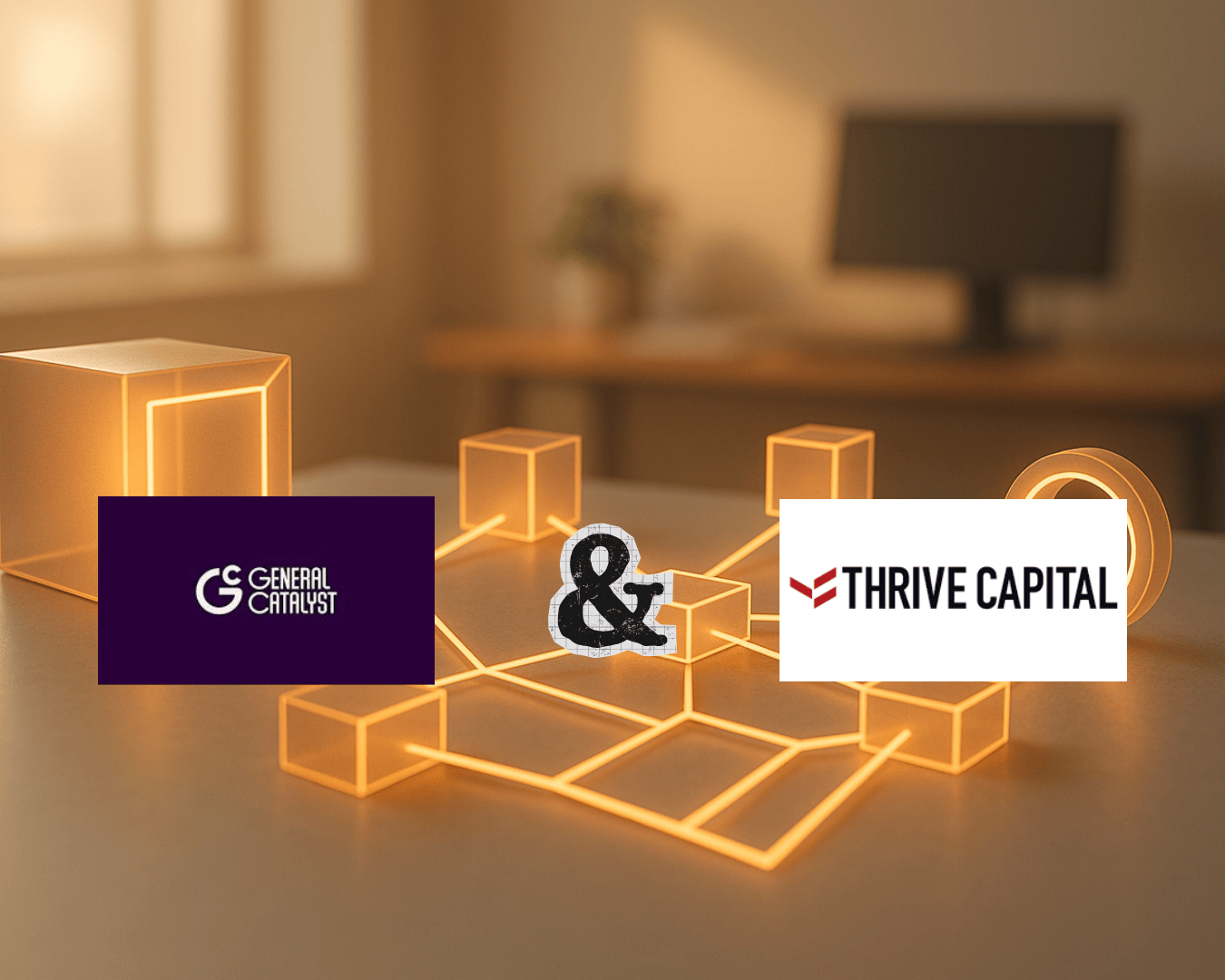


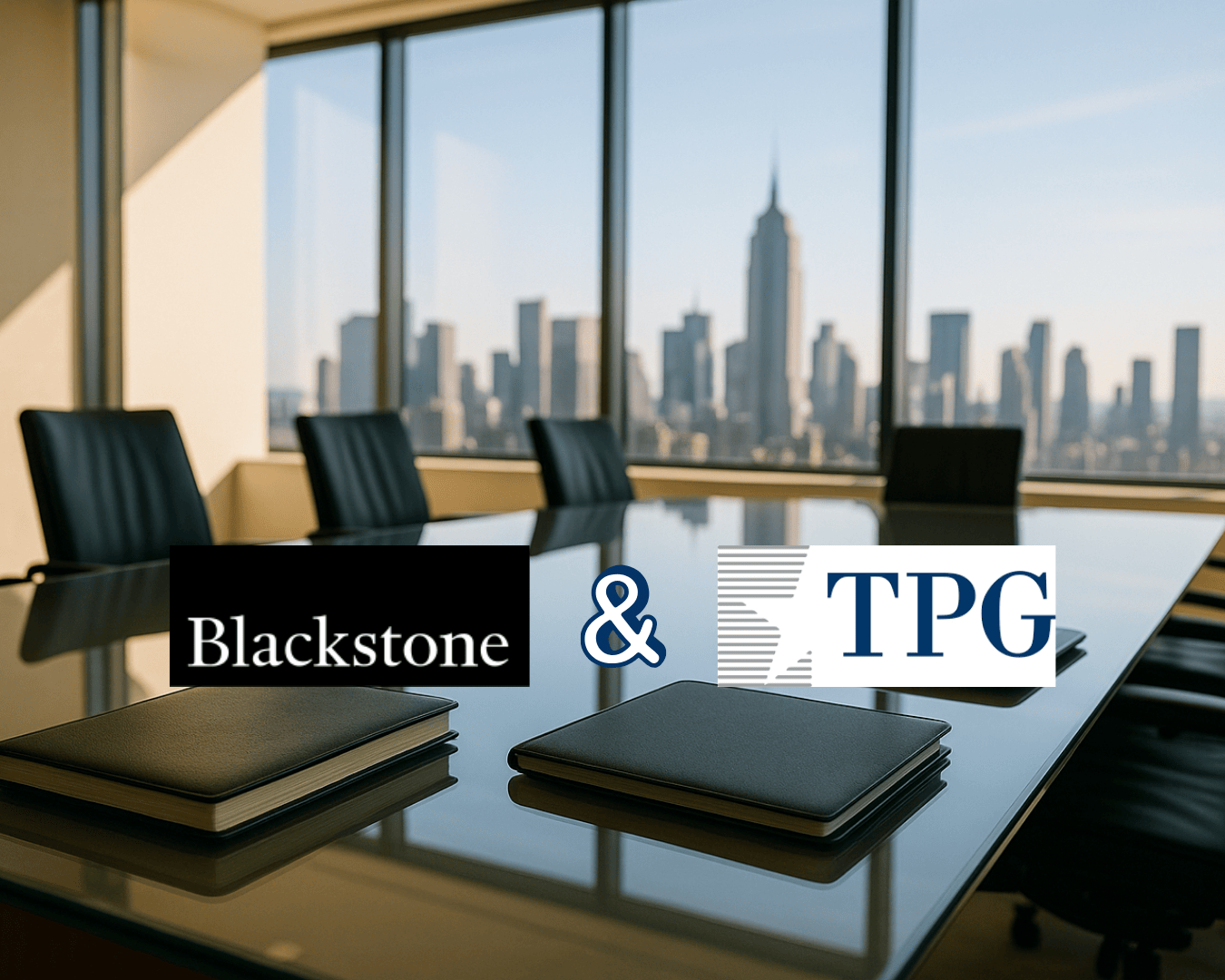



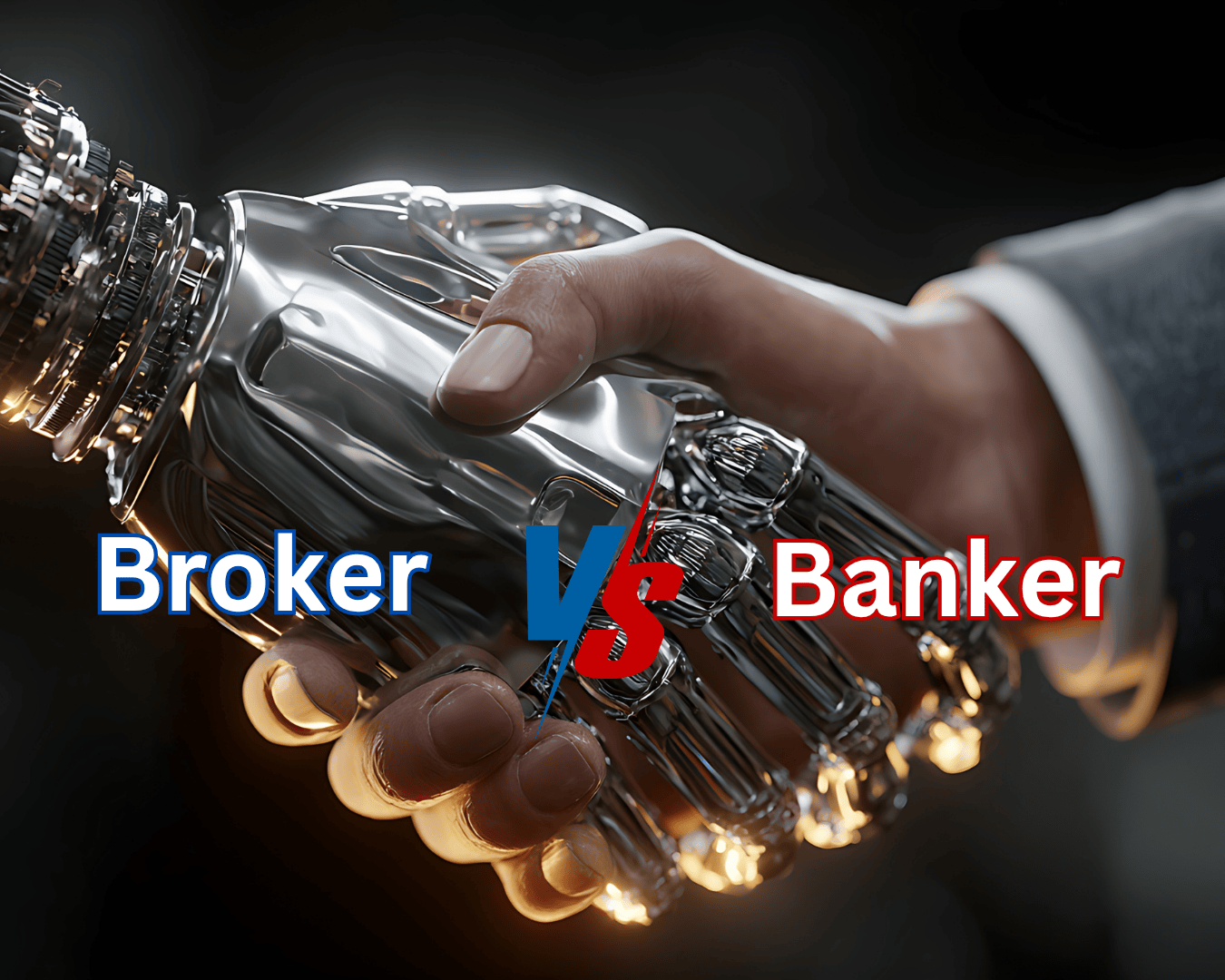
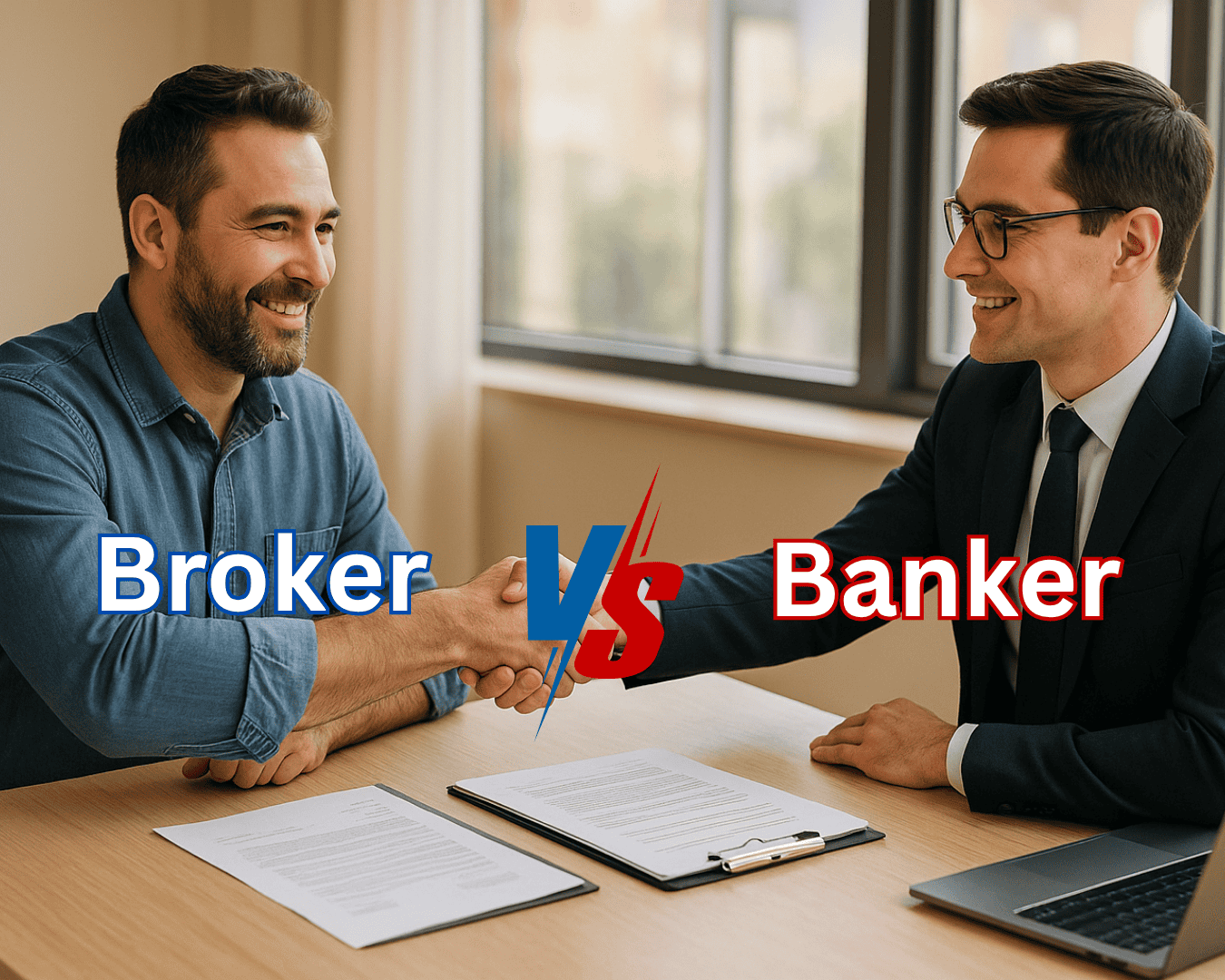



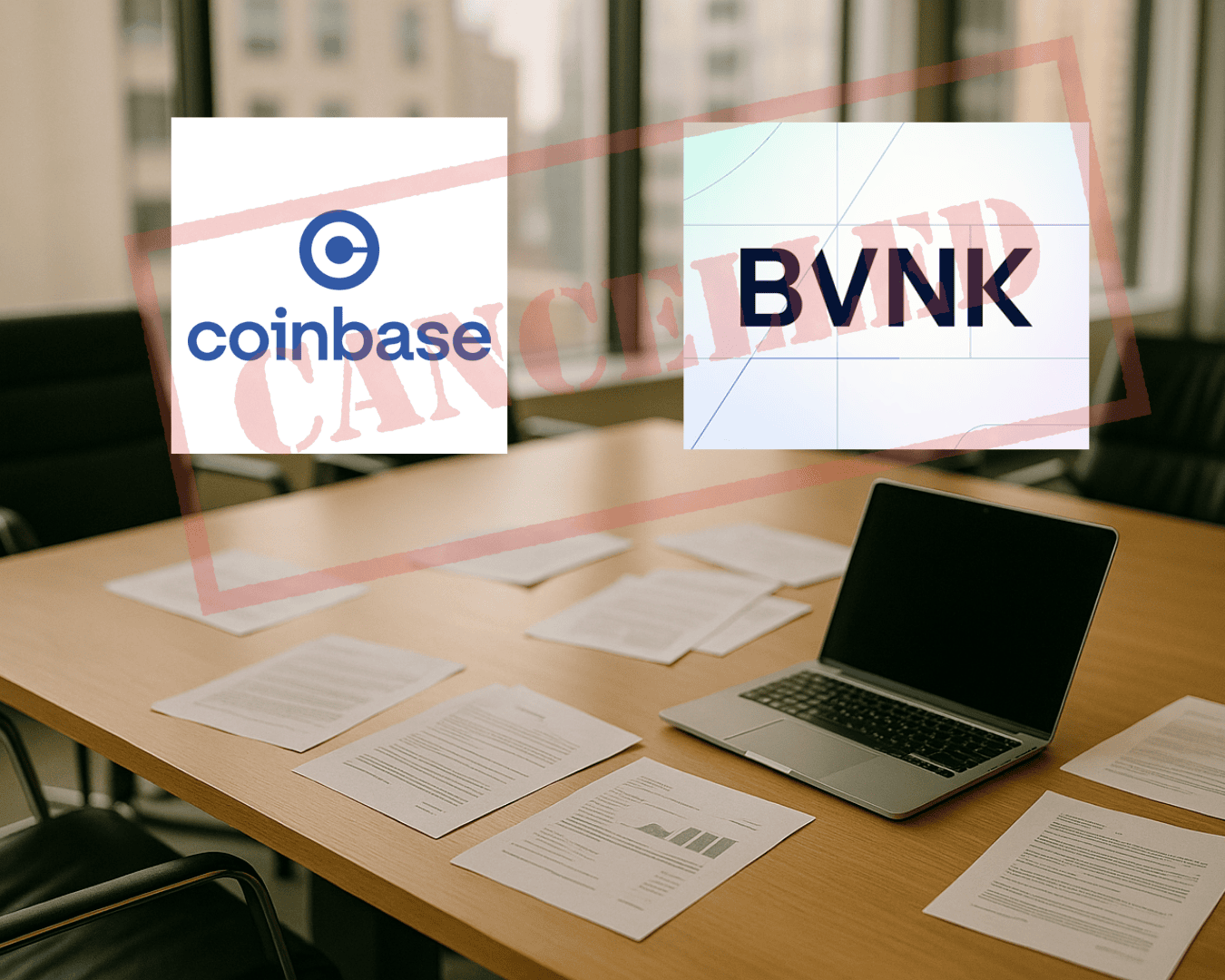









.png)




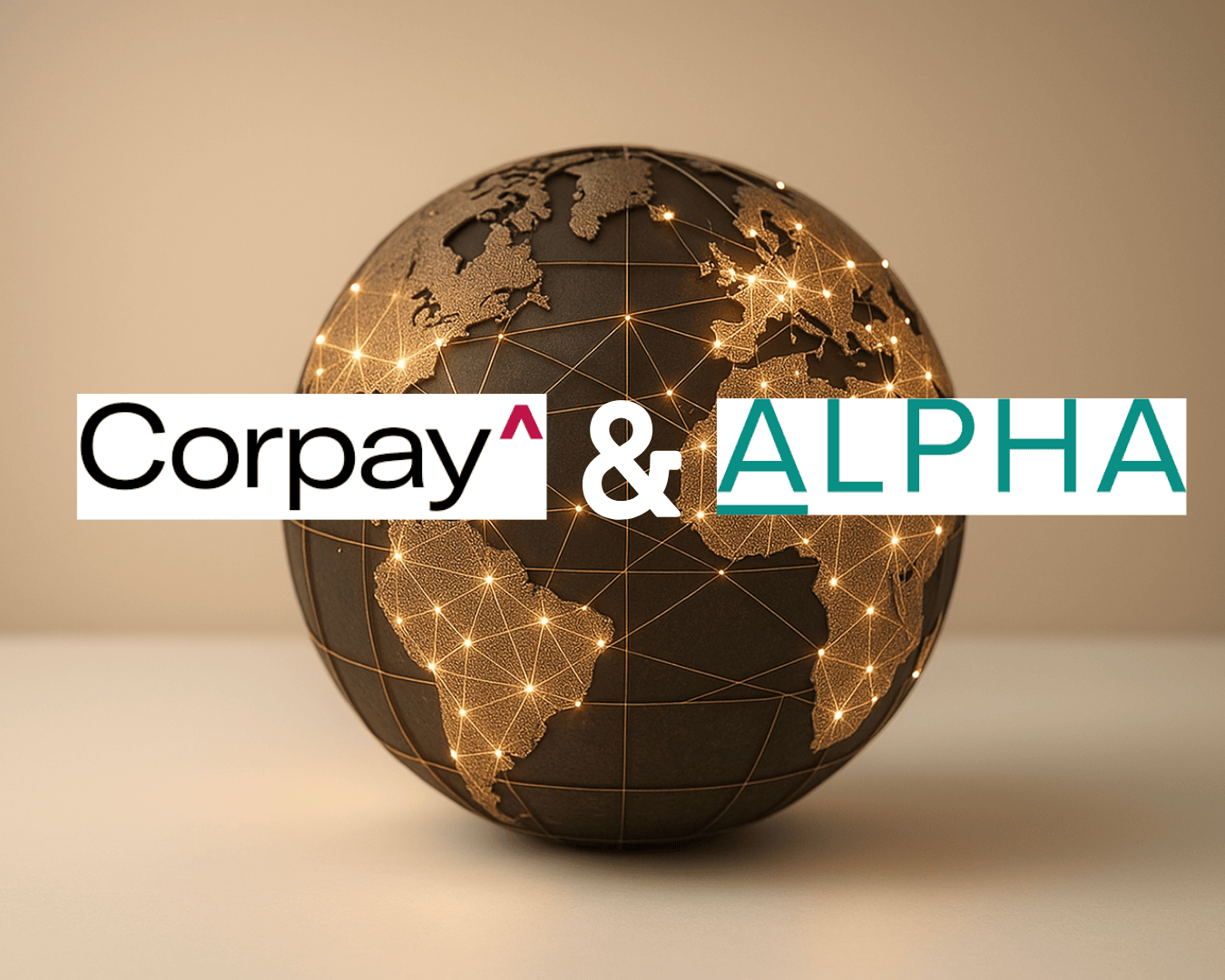

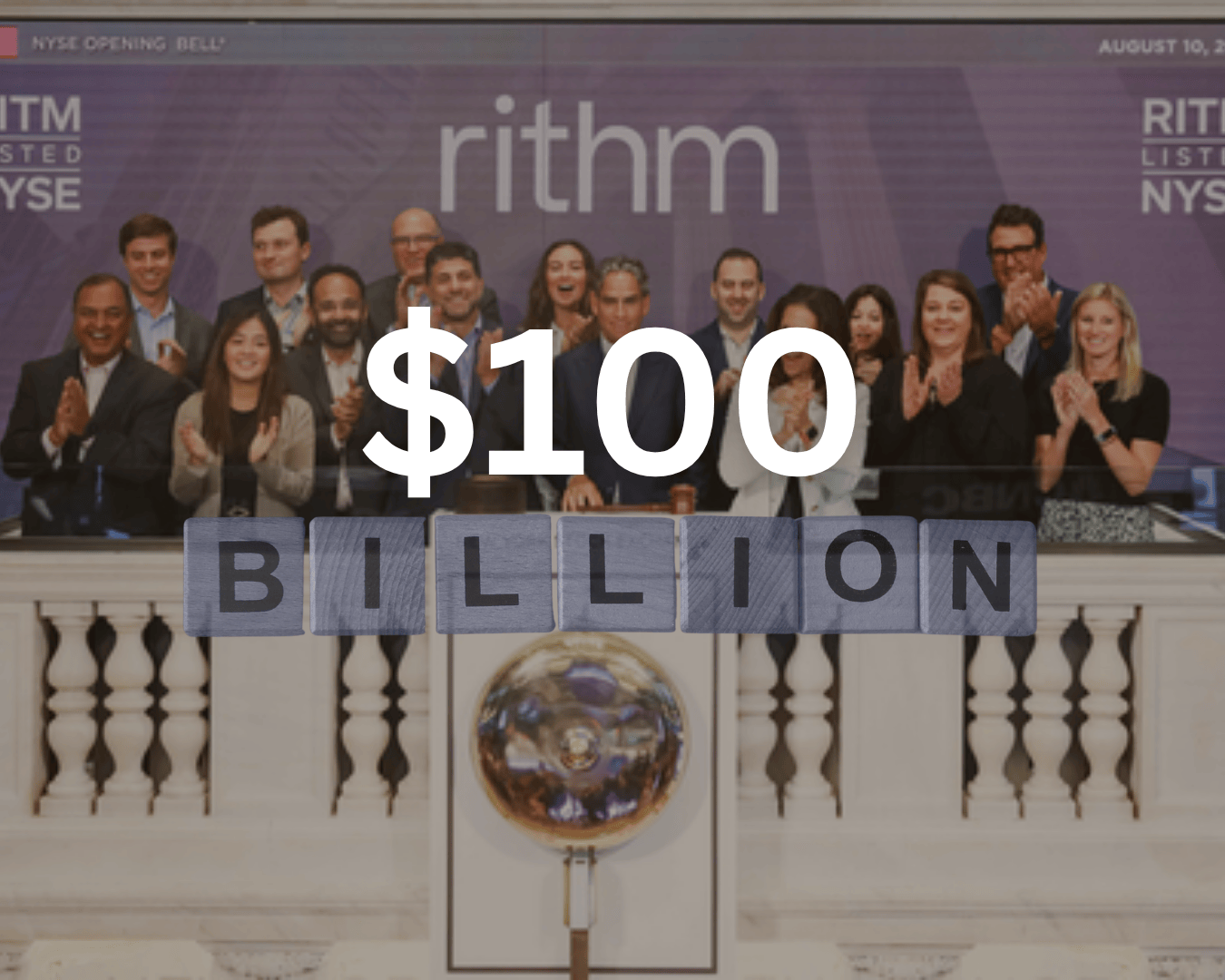

















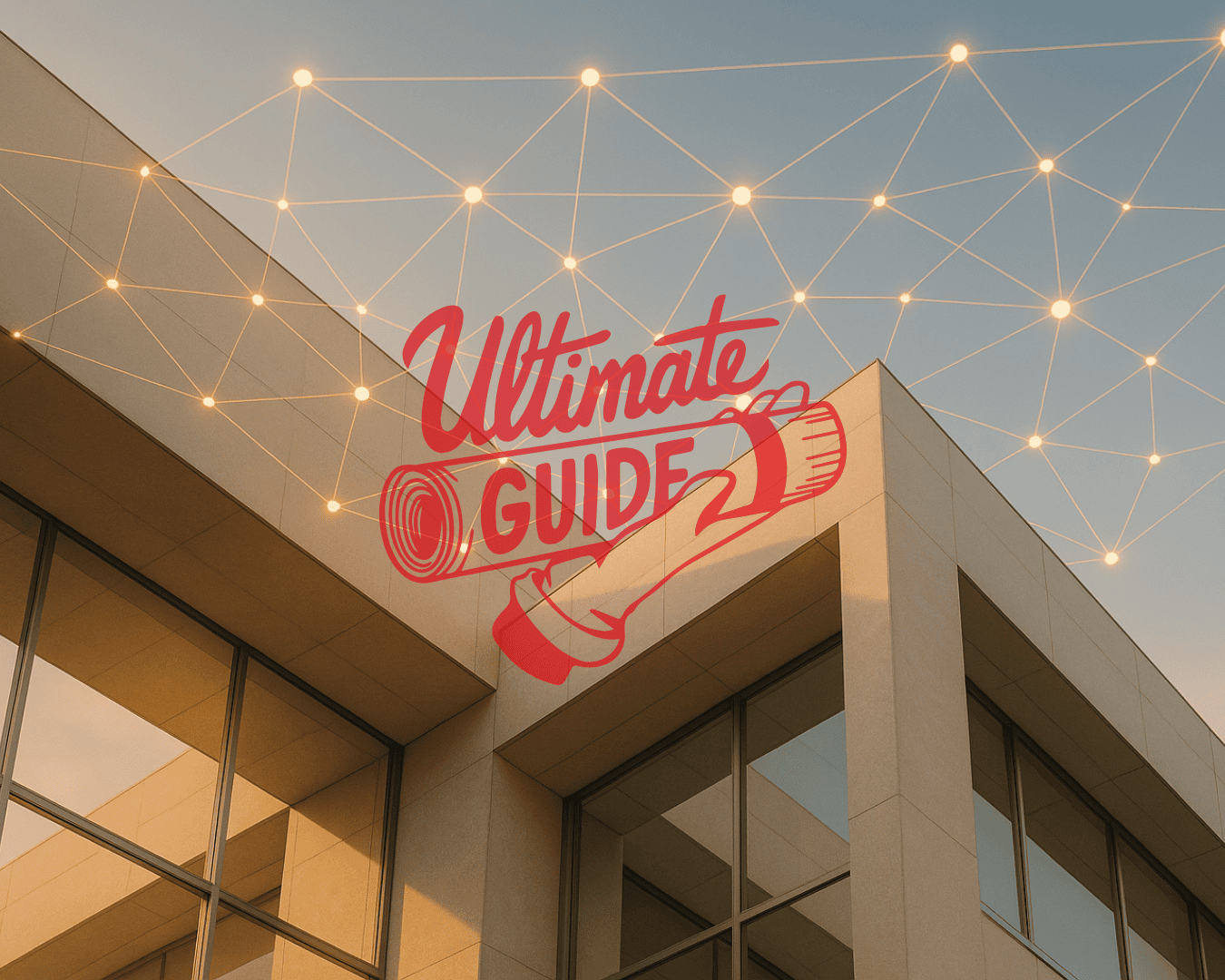



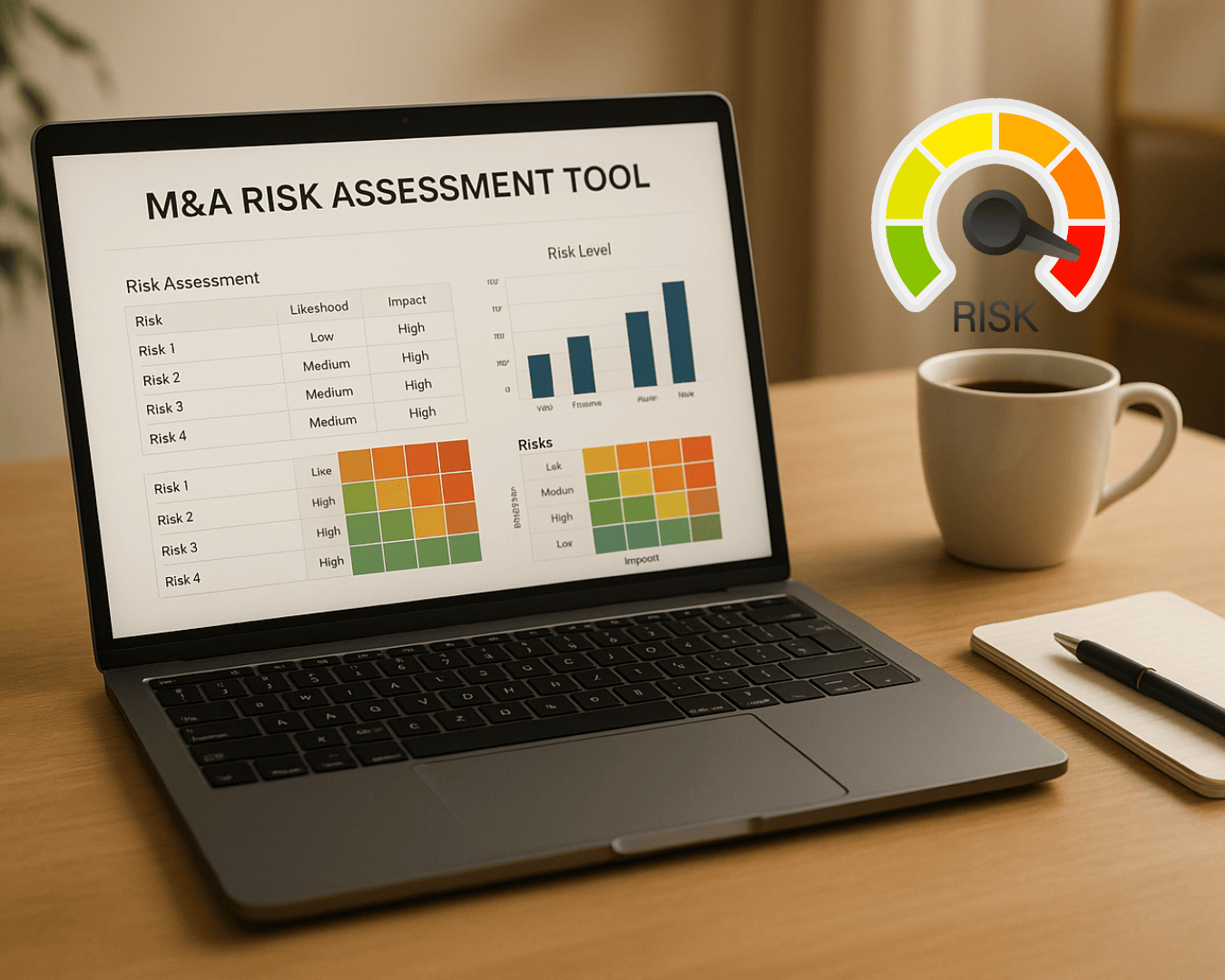

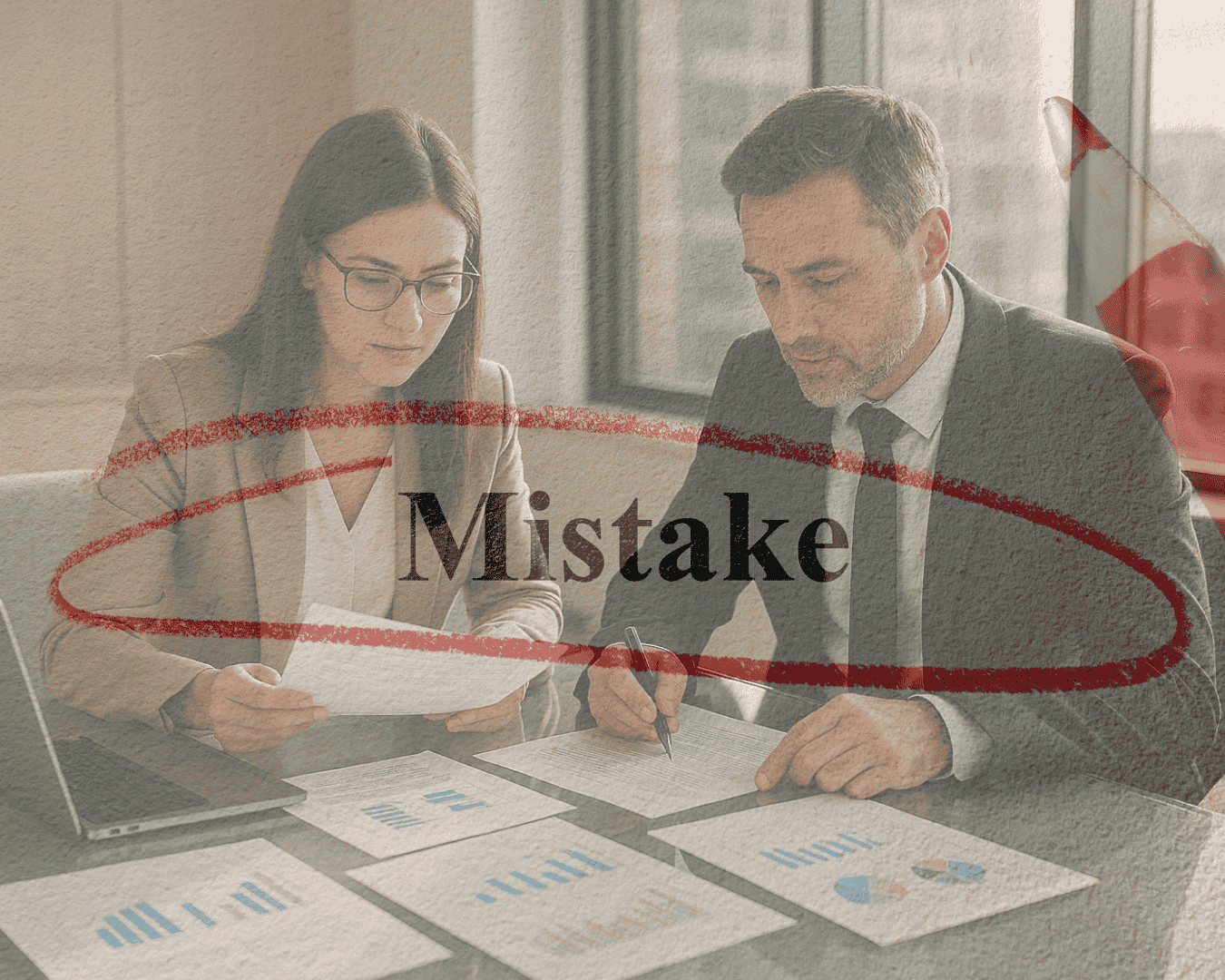
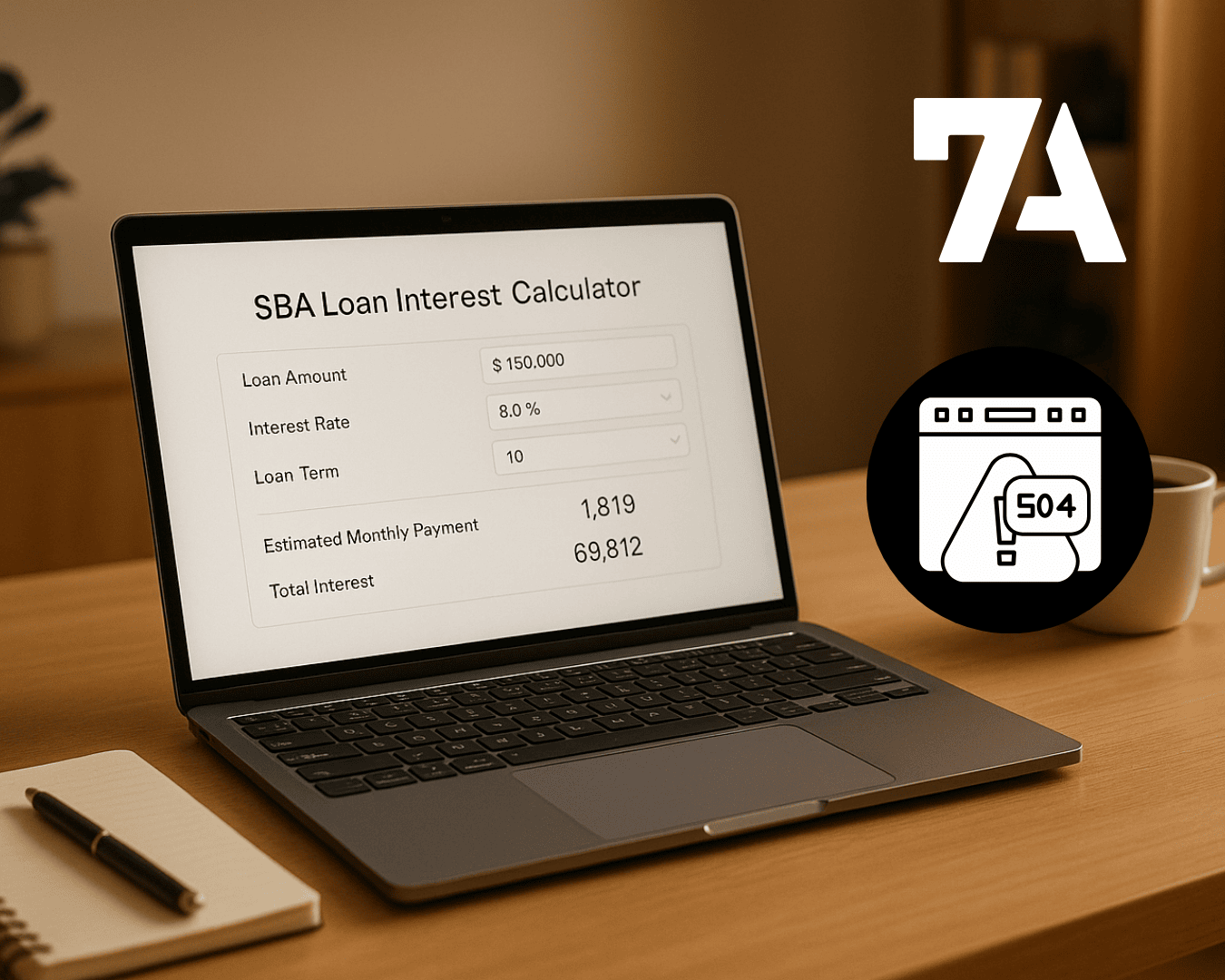







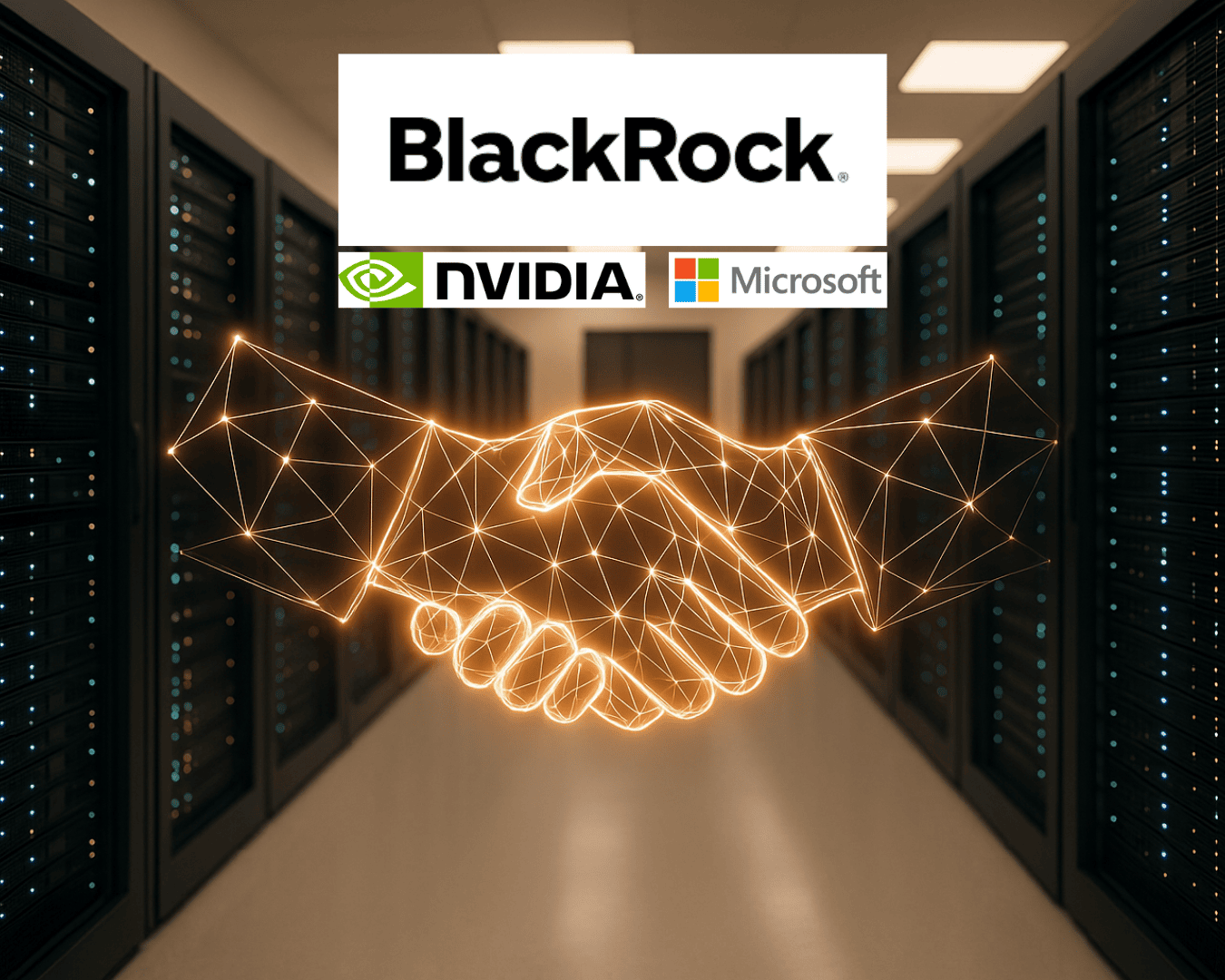
%20Loan%20Application%20Checklist.png)
